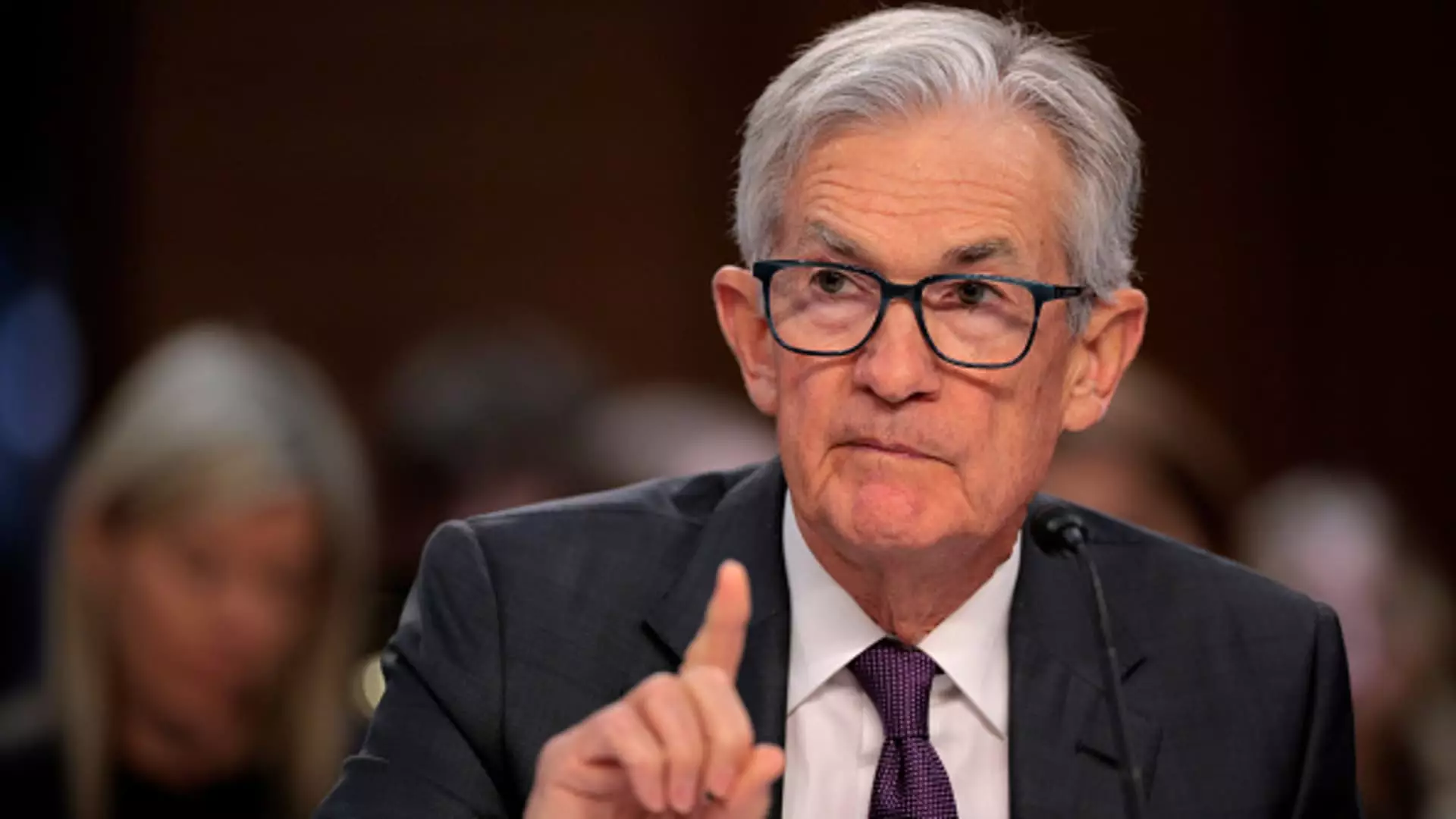In January 2024, Federal Reserve officials reached a consensus regarding their approach to interest rates, emphasizing a careful evaluation of inflation trends before making any further cuts. Amidst the backdrop of shifting economic conditions, particularly President Donald Trump’s tariff strategies, the Federal Open Market Committee (FOMC) demonstrated a streamlined attention to adapting their monetary policy in a responsible manner. This article delves into the Federal Reserve’s deliberations, highlighting the complexities posed by external economic influences and the overarching goal of stabilizing inflation while fostering sustainable growth.
As the FOMC convened to discuss the current interest rate strategies, members expressed legitimate apprehensions about how Trump’s tariff policies would disrupt the already tenuous balance of inflation. With tariffs currently in play and the possibility of expansion looming—most notably on automobiles, pharmaceuticals, and semiconductors—the committee recognized the dual challenge of maintaining price stability while navigating potential escalations in trade tensions. The FOMC members underscored the importance of carefully monitoring how these tariffs could exacerbate inflationary pressures, particularly given the current inflation hovering above the Fed’s ideal target of 2%.
Notably, the minutes from the January meeting reflected a shared sentiment among policymakers that tariffs could result in businesses transferring increased costs to consumers. Such shifts could impede the Federal Reserve’s efforts to rein in inflation, further complicating the decision-making process regarding interest rates.
In context, the Federal Reserve had recently enacted three consecutive rate cuts, reducing the benchmark overnight borrowing rate to a target range of 4.25% to 4.5%. Despite these adjustments, officials indicated that the prevailing policy remains significantly less restrictive than prior rates. This strategic positioning suggests an ongoing commitment to evaluating economic activity, especially in relation to employment and inflation. The FOMC is ostensibly willing to take a measured approach, allowing room for the economy to recalibrate before instituting new changes in rates.
The minutes also noted a cautious optimism surrounding the overall economic outlook. There was palpable enthusiasm regarding potential reductions in regulatory restrictions and prospective tax reforms, which could bolster market confidence and consumer spending. However, these prospects appeared juxtaposed against the persistent risk posed by tariffs, raising questions about their long-term implications for inflation and employment.
Given this challenging landscape, federal officials have remained vigilant, recognizing that unexpected policy shifts could undermine the progress made in achieving maximum employment and stable prices. FOMC members have signaled that while they are prepared to adjust the federal funds rate in response to inflationary concerns, such adjustments must be rooted in comprehensive evidence rather than speculative forecasts.
In analyzing mixed signals from inflation indicators, the committee remains attuned to both consumer and wholesale price trends. While consumer prices have shown an upward trajectory, wholesale prices exhibit softer pressure, reflecting the nuanced challenges the Fed faces in identifying consistent signals of economic health.
As anticipation builds around potential policy shifts, market participants are now pricing in expectations for further rate reductions to manifest by mid-2024. However, the Federal Reserve’s current tone remains one of caution and deliberation. The path forward is fraught with complexities stemming from both domestic economic policies and international trade dynamics.
Navigating these waters necessitates a careful assessment of economic indicators and external influences, including the ramifications of tariffs on inflation and employment. The Fed’s strategy moving forward will hinge on monitoring these developments closely and maintaining flexibility in policy responses, striving to ensure economic stability without overreacting to transient pressures. In this intricate balancing act, the ultimate goal remains clear: fostering an environment conducive to sustained economic growth while keeping inflation within desirable bounds.


Leave a Reply